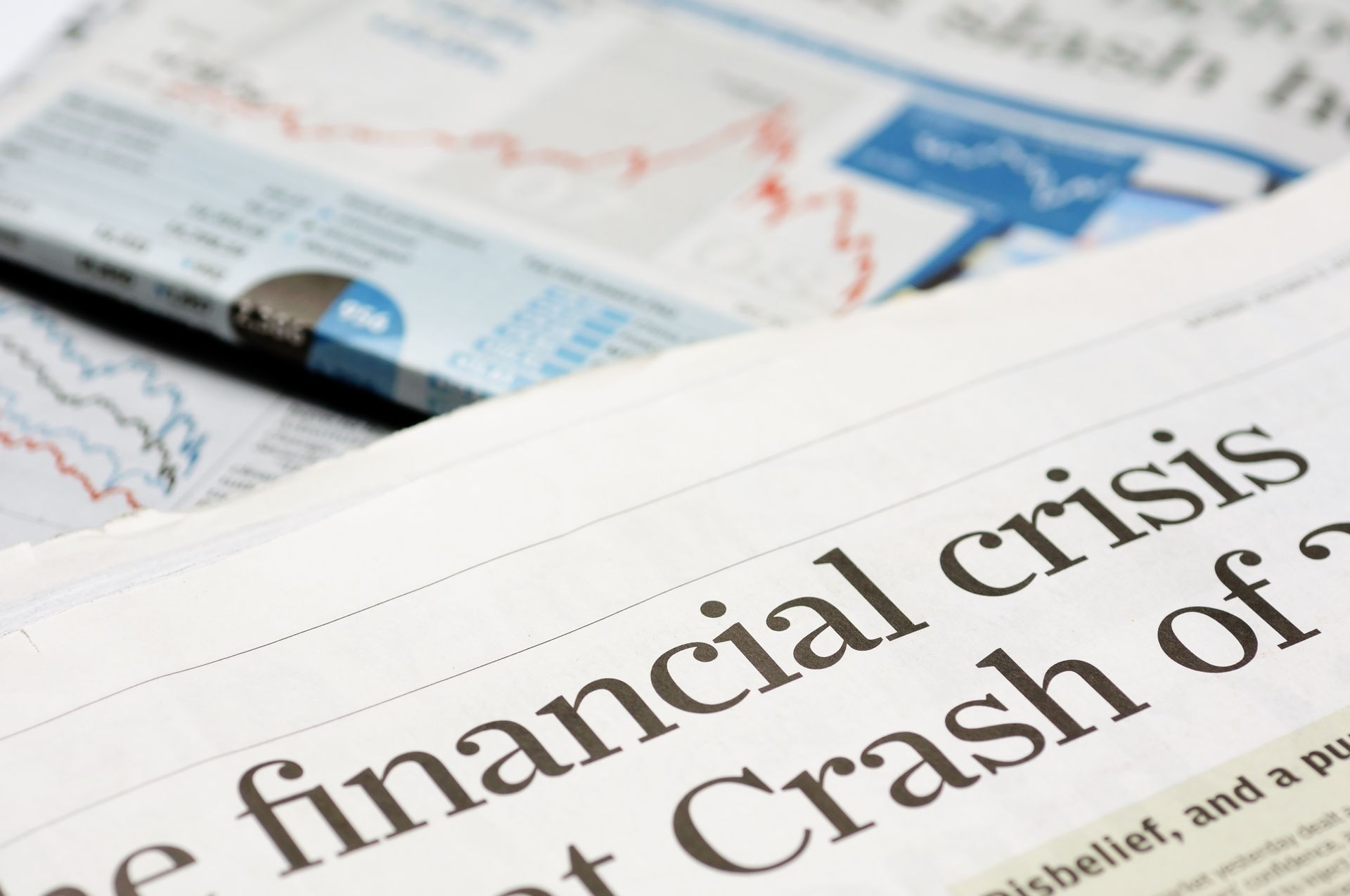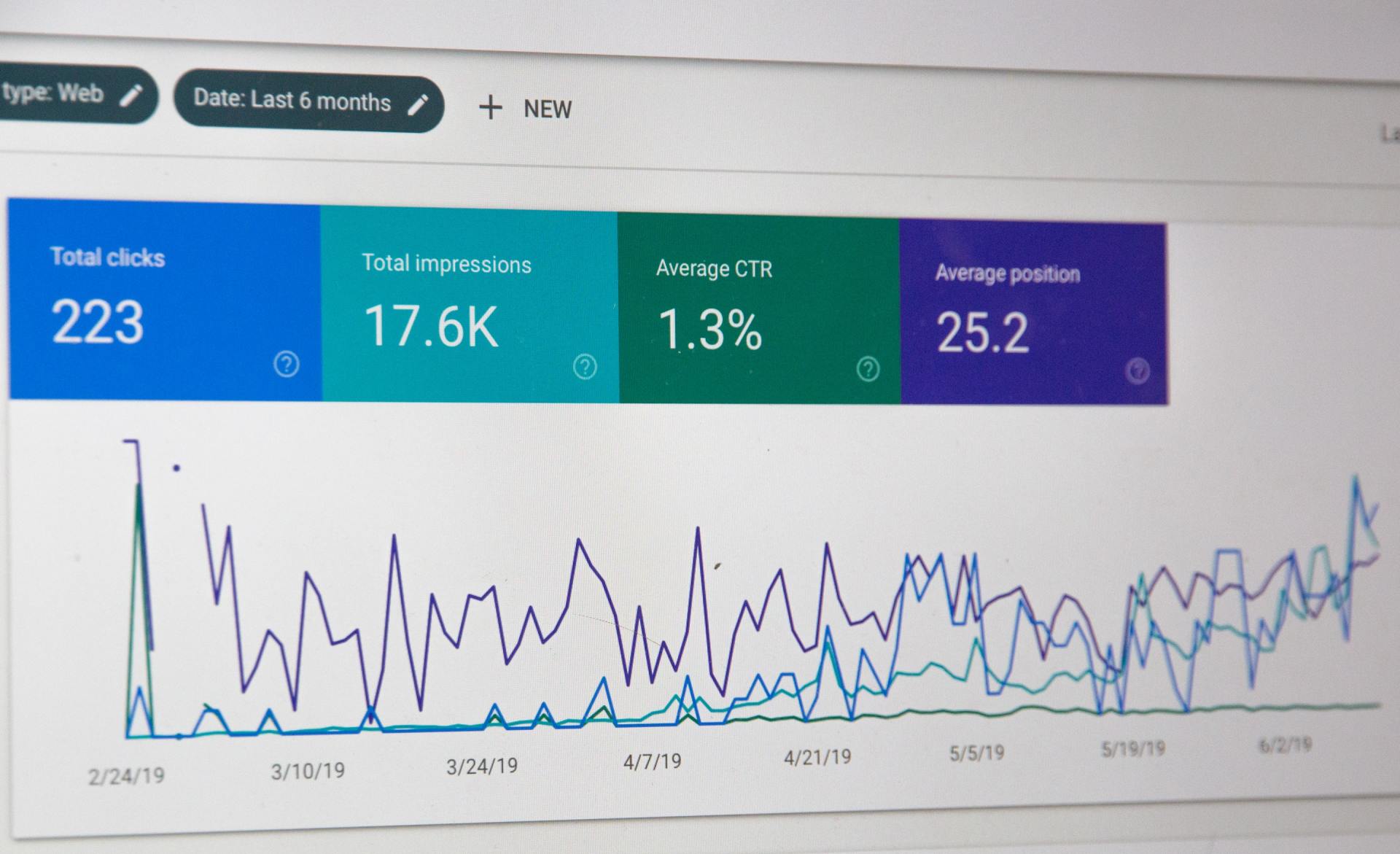
What Happens When Money Leaves Business Stocks
By
Joseph Provence, a news contributor who writes about technology, and small business.
Mar 11,2025 1:30 PM MST
When investors sell their shares in companies referred to here as business stocks they convert their investments into cash. This process transforms capital that was previously tied up in equity holdings into a
liquid form meaning it is now readily available for other purposes. From a macroeconomic viewpoint this movement is not just about individual investors it reflects a broader reallocation of resources across the economy.
Capital Allocation in the Economy
The stock market serves as a mechanism for pooling and distributing capital. When money exits stocks it is akin to releasing resources from one reservoir allowing them to flow into others. This freed up capital can be redirected in several ways:
- Alternative Investments Investors might channel the cash into other asset classes such as bonds commodities real estate or emerging industries. For example if a new sector like renewable energy shows promise capital can shift there to fund innovation and growth.
- Consumption The money could be spent on goods and services boosting demand and stimulating economic activity.
- Savings or Debt Reduction In uncertain times investors might save the cash or use it to pay off debts enhancing financial stability.
This fluidity ensures that capital is not locked indefinitely in one place like under performing companies but can move to where it is most productive or needed.
Why This Matters on a Macro Level
From a macro financial perspective efficient capital allocation is vital for economic growth and resilience. When money leaves stocks several key dynamics come into play:
- Resource Reallocation If capital is stuck in businesses with low returns moving it elsewhere such as to startups or high growth sectors can enhance overall economic output. This adaptability drives innovation and job creation.
- Market Signals
Selling stocks often reflects shifts in investor sentiment or economic conditions. Moving funds to safer assets during a downturn can reduce risk exposure while investing in new opportunities can signal optimism about future growth.
- Liquidity and Interest Rates A large outflow of money from stocks increases liquidity in the financial system. This can lower interest rates making borrowing cheaper and potentially spurring investment and consumption.
Increased Liquidity for Alternative Investments
When investors sell stocks they free up cash which can be redirected into other asset classes such as bonds commodities or private business investments. This shift can lead to:
- Higher bond demand potentially lowering yields.
- Increased investment in emerging markets or alternative sectors like venture capital or private equity.
- More capital available for direct business investments or mergers and acquisitions.
Influence on Interest Rates and Credit Markets
If stock market
capital exits into safer assets like bonds yields may drop reducing borrowing costs for businesses and consumers. This can:
- Stimulate economic activity by making credit more accessible.
- Lower mortgage rates boosting real estate.
- Reduce corporate borrowing costs enabling expansion in other industries.
Consumer and Business Spending Effects
If stock sales result in increased cash holdings some of that money may flow into consumer spending especially if the market decline reduces the wealth effect where people spend less when their portfolio shrinks. On the business side:
- Companies may rely more on debt financing instead of equity issuance.
- Stock buybacks may slow affecting corporate capital allocation.
- Businesses may invest differently prioritizing efficiency over expansion.
Shift Toward Safe Haven Assets
When stock capital moves elsewhere it often flows into safer assets like gold Treasury bonds or foreign currencies. This can:
- Strengthen or weaken the US dollar affecting trade and inflation.
- Increase gold and commodity prices in uncertain times.
- Shift capital internationally impacting global financial stability.
The Bigger Picture
Think of the economy as a dynamic system where capital flows like water seeking the most efficient paths. When money leaves business stocks it does not disappear it becomes available for redeployment. This process allows the economy to adjust to changing circumstances whether that is funding new ventures stabilizing markets or meeting consumer demand.
A Note of Context
While this reallocation is generally beneficial the impact depends on the broader environment. Economic conditions investor confidence and monetary policy all play roles. A gradual shift is typically more constructive than a sudden sell off which could spark volatility. However the core principle remains money leaving stocks frees up capital by converting it into a liquid form that can be used elsewhere enhancing the economy’s ability to adapt and grow.




